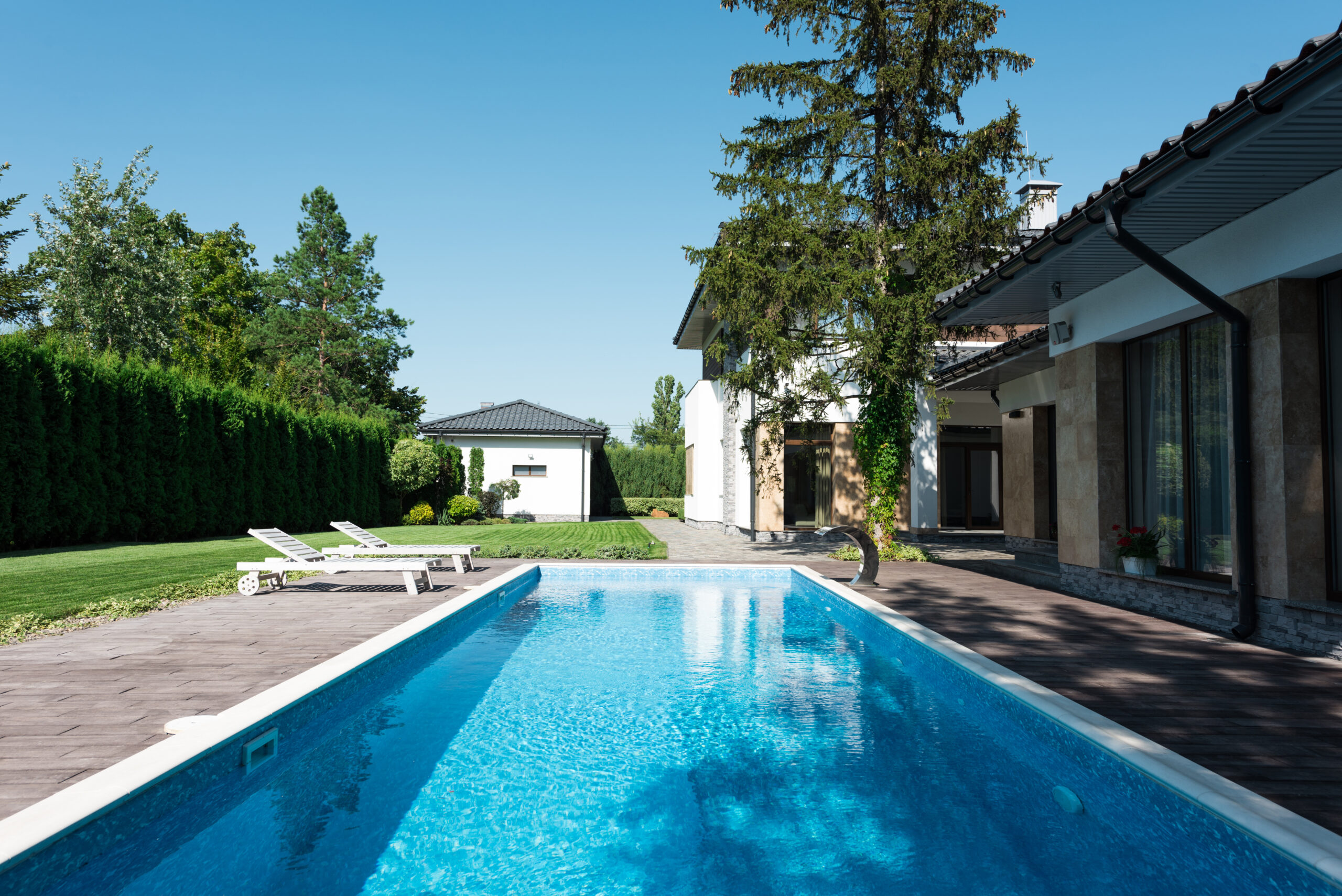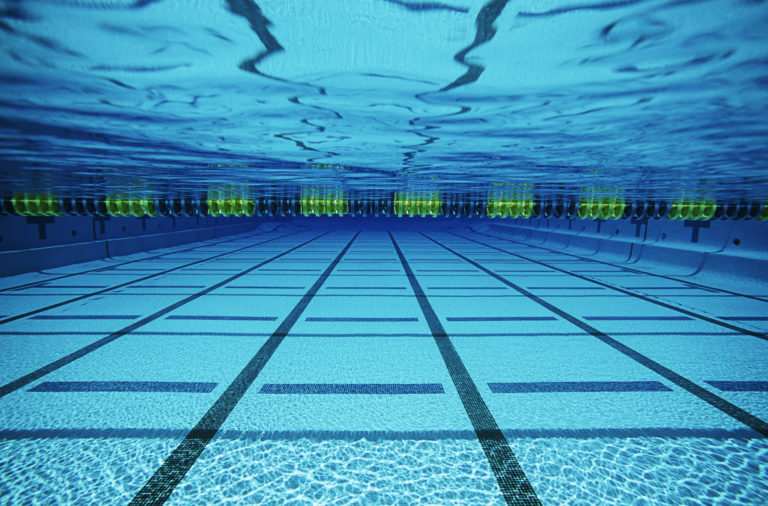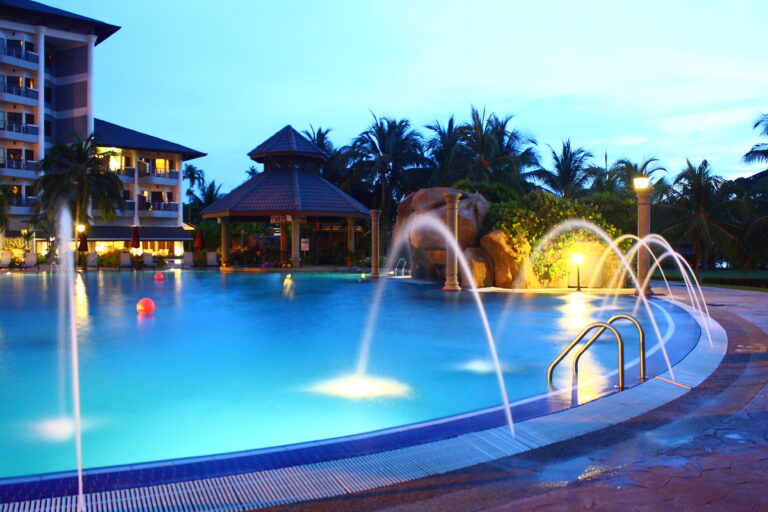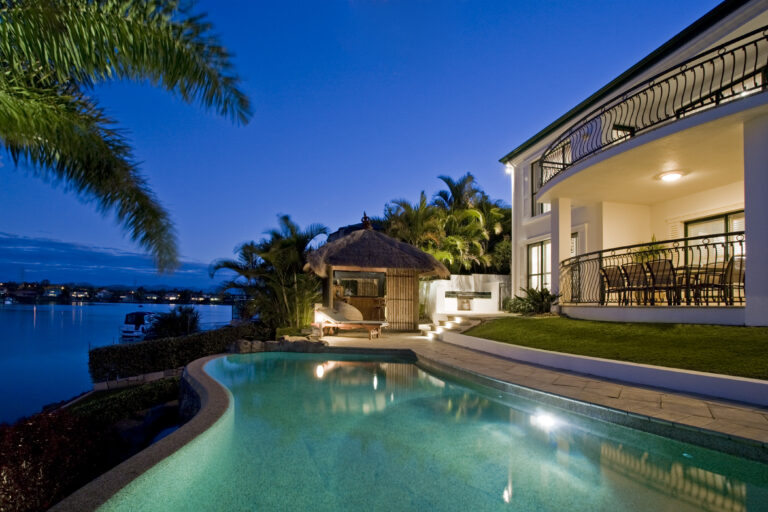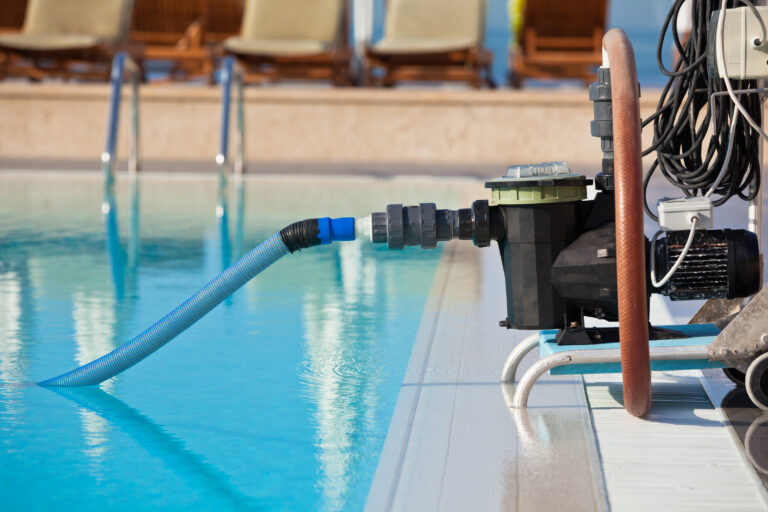Maximizing Your View Pool Positioning Strategies
You’ve got the dream pool in mind, but where should you put it? It’s not as simple as you’d think. Pool positioning can make or break your backyard sanctuary.
This guide sheds light on strategies to maximize your view, tackle common challenges and truly transform your outdoor space.
Dive into the basics of pool placement and learn from successful case studies. Let’s create a paradise that’s not just about swimming, but also soaking up those stunning views!
Understanding Pool Positioning Basics
You’ve got to understand the basics of pool positioning before you can truly maximize your view. Remember, it’s not just about where you place your pool, but also how you do it. Pooling materials and pool shapes play a significant role in this.
When choosing pooling materials, consider both aesthetics and functionality. For example, concrete offers durability and versatility in design, while vinyl provides a smooth surface with lower maintenance needs. On the other hand, fiberglass is pre-molded into specific shapes and sizes but requires careful handling during installation.
Now let’s talk about pool shapes. They greatly influence how well your pool fits into its surrounding landscape. Rectangular pools are classic and suit formal gardens or minimalist settings; L-shaped ones work well for homes with limited yard space; kidney or freeform pools blend seamlessly with nature-inspired landscapes.
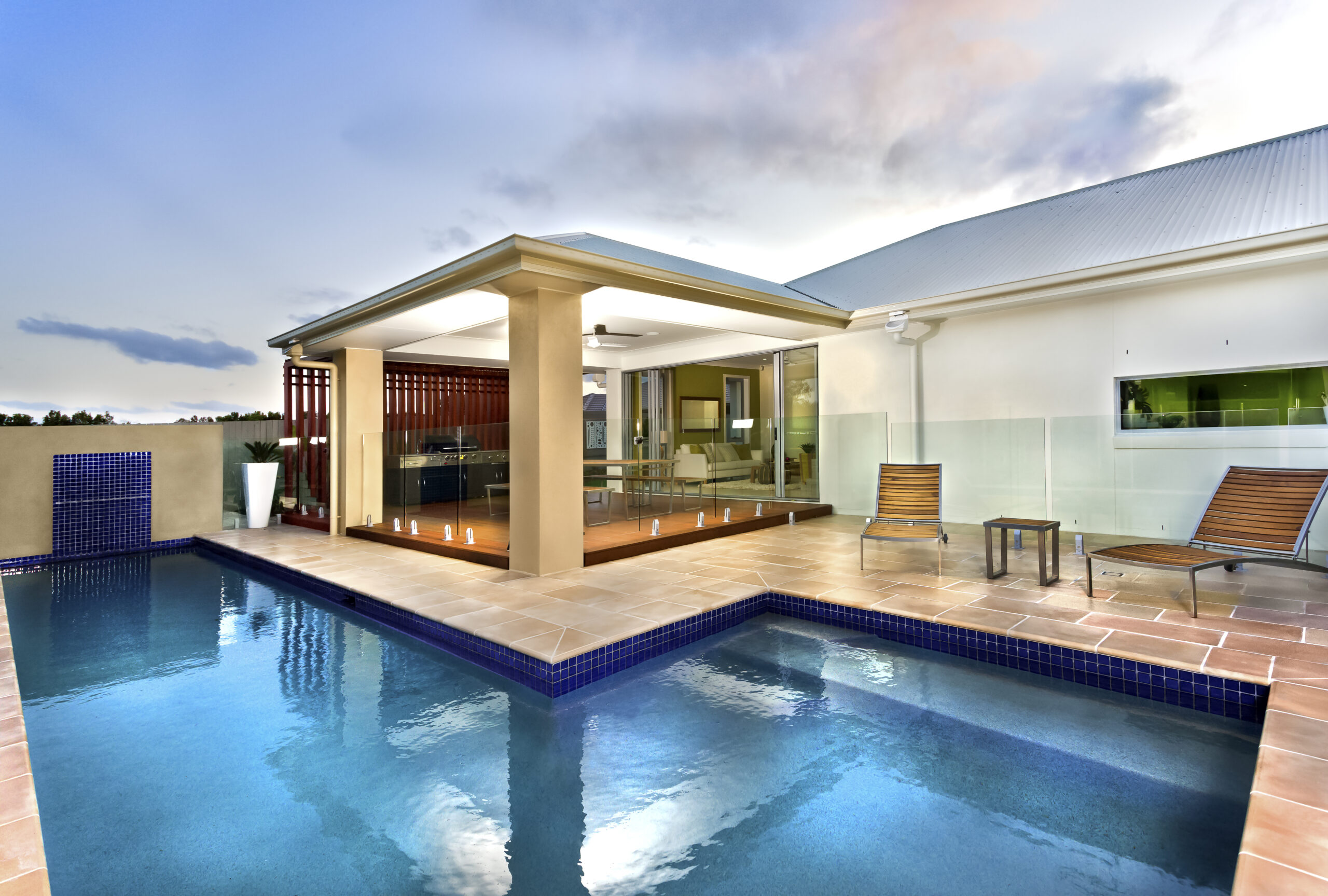
Your choice should be based on what enhances your overall view without compromising usability or safety. So don’t rush into making a decision! Take time to explore various options for pooling materials and pool shapes until you find the perfect combination that suits both your taste and requirements.
Remember: maximizing your view involves smart planning right from the start!
The Impact of Landscape on Pool Placement
It’s crucial to consider the existing landscape when determining where to place a swimming area. Terrain analysis and viewpoint selection are key components you should focus on. They provide valuable insights into how the pool can best fit into your garden or backyard space, maximizing both utility and aesthetics.
Consider this simple table that breaks down certain aspects of terrain analysis:
| Aspect | Description | Importance |
| Slope | The gradient of the land | Some slopes may require additional construction work |
| Soil | The type and quality of soil | Certain soils are better suited for pool construction |
| Drainage | How water drains from the area | Poor drainage can cause problems later |
Now, let’s talk about viewpoint selection. It’s not just about where you’ll enjoy the best views while in the pool, but also how it looks from various parts of your property.
Your pool should be more than just a spot to cool off in summer-it should also be an aesthetic feature that enhances your property’s overall appeal. So remember, take time to analyze your terrain and select your viewpoints wisely!
Strategies for Maximizing Views With Pool Positioning
Don’t overlook the importance of carefully planning where to place your swimming area to ensure you’re making the most out of the scenery. It’s crucial to use view enhancement techniques that highlight not only your pool but also the surrounding landscape.
For example, positioning your pool parallel to a breathtaking view can create an illusion of infinity, as if your pool merges with the horizon.
The benefits of thoughtful pool orientation shouldn’t be underestimated. A well-placed pool can maximize sun exposure during peak swim times or provide a stunning sunset view for evening soirees. You’d want it placed in such a way that you can enjoy both early morning sunlight and late afternoon shade.
Further, when considering how to position your swimming area, take into account what you’ll see from inside your home. The sight of glistening water under sunlight could make even routine household chores feel less tedious.
Dealing With Common Challenges in Pool Positioning
Let’s discuss some common challenges you might face when deciding where to put that swimming spot. Overcoming obstacles can be a daunting task, but it’s not impossible.
One of the main hurdles is ensuring poolside privacy while maximizing the view. Firstly, consider your property layout and neighborhood setup. You don’t want to position your pool where it’s directly visible from all your neighbor’s windows or the street. This could compromise your poolside privacy and make you feel uncomfortable every time you take a dip.
Next, think about natural obstructions like trees or rocks in the yard. It may seem difficult to work around these features, but they can actually provide useful shade or even enhance the aesthetics of your setting with some clever landscaping.
Finally, don’t overlook local building codes and requirements – they can dictate certain aspects of pool positioning based on safety regulations and other factors.
Remember that overcoming these obstacles isn’t just about finding a solution; it’s also an opportunity for creative problem solving that’ll make your pool placement even better than initially imagined! So go ahead and dive into this project knowing you’ve got what it takes to handle any challenge that comes up.
Case Studies: Successful Pool Positioning Practices
We’ll now delve into some real-life examples where homeowners successfully overcame challenges in situating their swimming spots.
One homeowner, dealing with strict positioning regulations in an urban townhouse, creatively placed her pool on the roof. The result: a stunning skyline view and a unique spot for summer fun.
Next, let’s consider pool aesthetics. A couple living against a mountain backdrop had to navigate building restrictions due to their steep property incline. They turned this challenge into a design opportunity by placing their pool halfway up the slope. With infinity-edge features, they’ve created an illusion of water seamlessly flowing into the mountain range.
Lastly, think about this scenario: tight space constraints in your backyard might have you feeling discouraged about your dream pool. But don’t give up just yet! Remember one suburban family who squeezed a narrow lap pool alongside their home? It not only met local positioning regulations but also brought a modern aesthetic touch to their outdoor area.
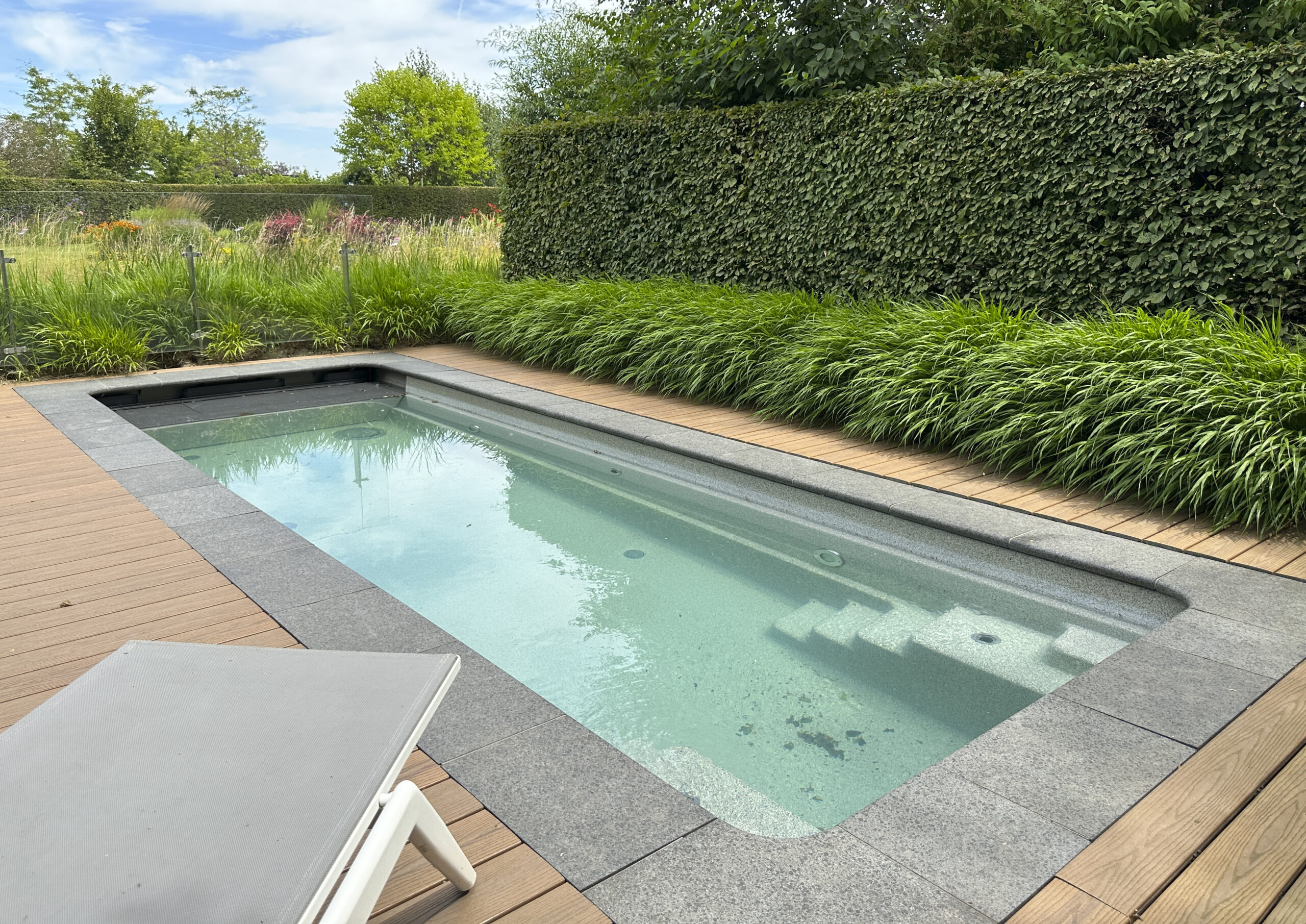
In each case, remember that overcoming challenges requires creativity and patience. Take these lessons to heart as you face down your own pool-positioning struggles.
Frequently Asked Questions
What Are the Cost Implications of Various Pool Positioning Strategies?
Different pool positioning strategies can impact your budget differently. Safety considerations and pool aesthetics often increase costs. For example, ensuring kid-safe areas or enhancing views might require more complex designs, raising the overall expense.
How Does Pool Positioning Affect Maintenance Requirements?
Pool positioning greatly affects maintenance. A pool in constant sun exposure can harm water quality, leading to more upkeep. Conversely, a shaded position may reduce algae growth but increase leaf litter. It’s all about balance.
Can Pool Positioning Strategies Help to Increase Property Value?
Absolutely, pool positioning strategies can boost property value. Proper placement enhances poolside aesthetics and ensures safety considerations are met. You’ll find that a well-positioned pool adds tremendous appeal and value to your home.
How Does Local Legislation Affect Pool Positioning Strategies?
Local legislation can significantly affect your pool positioning strategies. You’ll encounter legislation challenges like zoning restrictions, which dictate where you can place a pool on your property, affecting your plans and designs.
What Are Some Eco-Friendly Practices to Consider When Positioning a Pool?
You should consider solar heating efficiency and natural filtration options for eco-friendly pool positioning. Place your pool where it’ll get maximum sunlight for solar heat and use plants as a natural filtration system.

